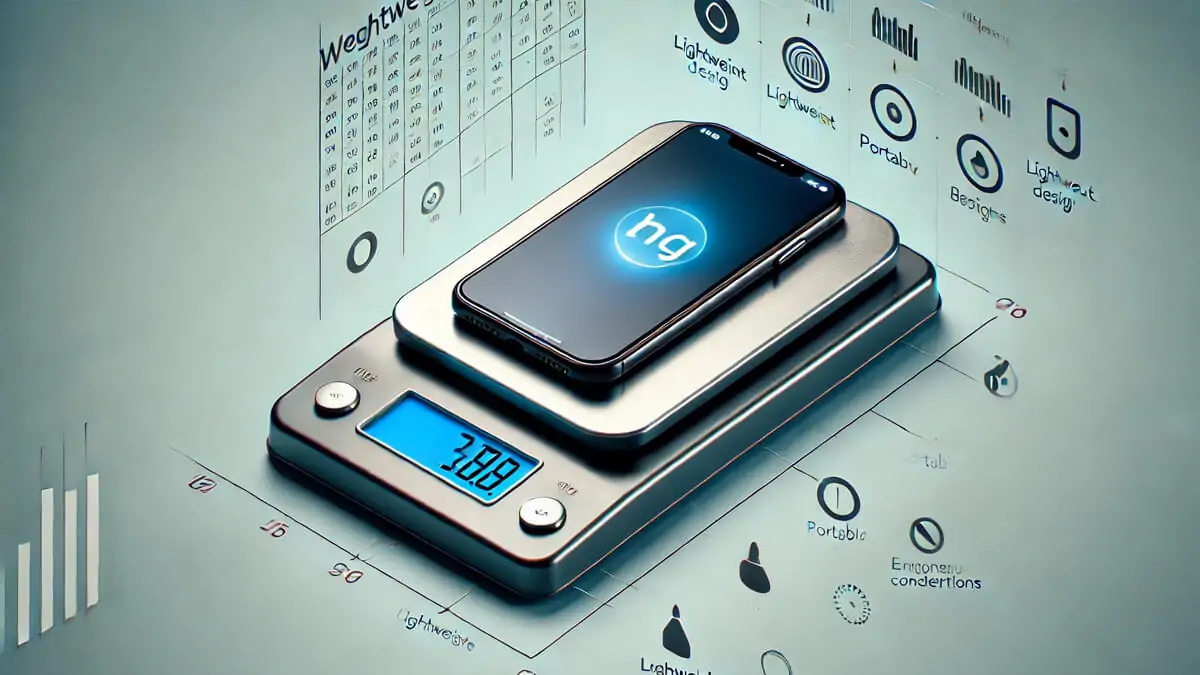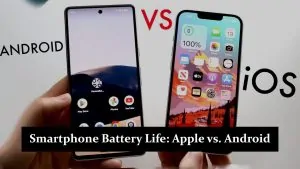Weight refers to the mass of an object, typically measured in grams (g), kilograms (kg), pounds (lb), or ounces (oz). In the context of digital devices like smartphones, tablets, laptops, and other electronics, weight is an important specification that affects the device’s portability, ease of use, and overall user experience. The weight of a device can be influenced by factors such as the materials used, the size of the battery, and the overall design.
Importance of Weight in Devices
- Portability: The weight of a device directly impacts its portability. Lighter devices are easier to carry around, making them ideal for mobile use, travel, and situations where the user needs to frequently move or hold the device.
- Comfort: The weight of a device affects how comfortable it is to use, especially over extended periods. For example, a lighter smartphone or tablet is easier to hold for long periods, while a lighter laptop is more comfortable to carry in a bag.
- Usability: For handheld devices, weight can influence how easily they can be manipulated. Heavier devices may be more challenging to handle, particularly for one-handed use or when holding the device for extended durations, such as during gaming or reading.
- Design Considerations: The weight of a device can also reflect the materials used and the design choices made by manufacturers. For instance, a lightweight device might use lighter materials like plastic, while a heavier device might use more durable or premium materials like metal or glass.
- Battery Size: Often, the weight of a device can be attributed to the size of the battery. Larger batteries generally weigh more, but they also provide longer battery life, creating a trade-off between weight and battery performance.
- Durability: While lighter devices are generally preferred for portability, some users might prefer slightly heavier devices if they feel sturdier or more durable.
Examples of Device Weight
- Smartphones: The weight of smartphones typically ranges from around 150 grams to over 250 grams. For example, a compact smartphone might weigh 140 grams, while a larger phone with a bigger battery and more features might weigh 220 grams or more.
- Tablets: Tablet weights vary widely depending on size and features, typically ranging from around 300 grams to over 700 grams. A lightweight tablet designed for portability might weigh around 300 grams, while a larger tablet with a robust design and more features could weigh closer to 700 grams.
- Laptops: Laptops can range from lightweight ultrabooks weighing around 1 kg (2.2 lbs) to gaming or professional laptops that can weigh 2 kg (4.4 lbs) or more. The weight of a laptop often reflects its screen size, build materials, and internal components.
- Wearable Devices: Wearables like smartwatches and fitness trackers are designed to be lightweight for comfort, typically weighing between 20 grams and 60 grams.
Considerations When Choosing a Device Based on Weight
- Intended Use: Consider the primary use of the device. For example, a lightweight laptop may be ideal for frequent travelers, while a slightly heavier model might be more suitable for use as a desktop replacement.
- Comfort and Ergonomics: Think about how long and in what manner the device will be used. Heavier devices may become uncomfortable to hold or carry for extended periods.
- Durability and Build Quality: A lighter device might use less durable materials, while a heavier device may feel more solid and premium. Consider the trade-offs between weight, durability, and design.
- Battery Life: Devices with larger batteries often weigh more. If battery life is a priority, be prepared for a slightly heavier device.
Conclusion
Weight is a crucial factor in the design and functionality of digital devices, influencing their portability, comfort, and overall user experience. When choosing a device, it’s important to consider the weight in relation to your needs and preferences, whether you prioritize portability, durability, or battery life. By understanding the implications of a device’s weight, users can make more informed decisions and select products that best fit their lifestyle and use cases.



